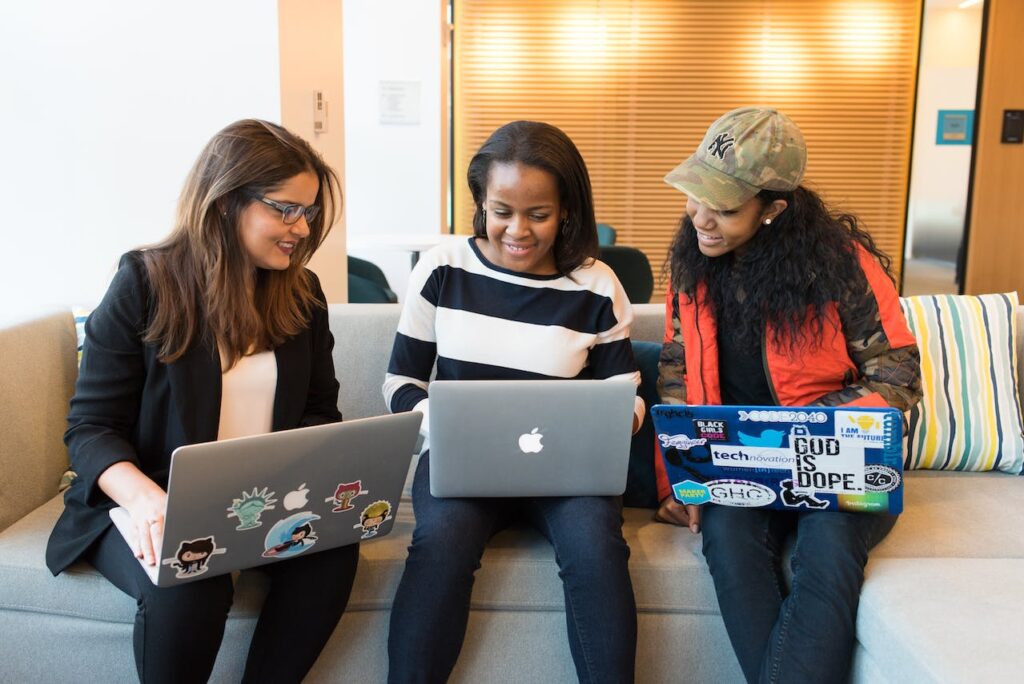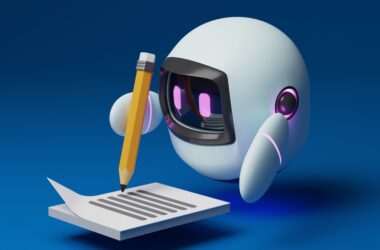The education landscape changed significantly with the surge in online learning. Advocates praise its flexibility, while critics warn of isolation and academic challenges. This article delves into the heart of this shift, examining its impact on students. Through student voices and research, we’ll explore the highs and lows of online education.
Get ready for a journey beyond the online versus offline debate. We’ll delve into the intricate dance between the two. It will uncover how online learning influences student engagement, community dynamics, and the personalization of the educational journey. So, put on your metaphorical shoes as we dissect the foundation of online learning. And its effect on the core of education: the student experience.

Online Learning’s Flexibility: A Tightrope Walk Between Freedom and Floundering
Online learning’s flexibility is often lauded as its crown jewel. Students become the captains of their own educational ship, charting their course through the sea of knowledge at their own pace, from the cozy confines of their couch to the bustling hum of a coffee shop. This newfound autonomy is particularly liberating for those juggling the responsibilities of work, family, or other commitments. They can squeeze in a quick lecture during a lunch break, revisit a knotty concept at midnight, or deep-dive into a favorite topic long after the physical classroom has closed its doors.
But this flexibility, like a double-edged sword, can also bring peril. The absence of a rigid structure and the siren song of “just five more minutes” on social media can easily lure students into the quicksand of procrastination and disengagement. The very freedom that empowers can also paralyze, leaving some yearning for the guiding hand of a traditional classroom. Additionally, the ever-present digital playground, teeming with distractions from social media to the latest Netflix show, can become an insurmountable obstacle, derailing even the most focused student.
This is the tightrope walk of online learning’s flexibility. It grants the power to personalize and own one’s educational journey, but it also demands newfound discipline and focus, a constant battle against the whispers of distraction and the allure of putting things off until “just tomorrow.”
Personalized Learning: Paving the Road to Empowerment, but With Uneven Footprints
Online platforms paint a gleaming picture of personalized learning, a land where algorithms dance with student needs. It waltzes to the tune of individual learning styles and paces. This AI-powered approach promises to be a game-changer, particularly for those who have felt lost in the lockstep march of traditional classrooms. Imagine struggling students empowered, finally finding their unique path through the educational labyrinth, free from the constraints of a rigid, one-size-fits-all system.
But beneath this shimmering vision lies a path riddled with potholes. Algorithms, the supposed architects of this personalized paradise, can morph into malicious puppeteers, exacerbating existing inequalities. Confirmation bias, the echo chamber of our own opinions, can be amplified, creating filter bubbles that shield students from diverse perspectives and critical thought. Moreover, over-dependence on technology can cast a long shadow, eclipsing the irreplaceable role of human connection and guidance. A truly personalized learning experience craves not just the cold calculations of algorithms but also the warmth and nuance of human interaction.
Personalized learning, then, becomes a path with uneven footprints. While it holds immense promise for empowering students, its success hinges on careful implementation. We must tread cautiously, ensuring that algorithms serve, not sway, that technology enhances, not replaces, and that the human touch remains the compass guiding students on their unique educational journeys. Only then can personalized learning fulfill its potential, transforming classrooms into launchpads for personalized growth, not echo chambers of unchallenged biases.

Building a Community: Can Online Bridge the Gap?
One of the primary concerns surrounding online learning is the potential for isolation and a diminished sense of community. The physical separation from classmates and instructors can foster feelings of loneliness and hinder collaboration, which is crucial for academic and social development.
Yet, online platforms offer unique tools for fostering connection and collaboration. Discussion forums, breakout rooms, and interactive activities can create vibrant virtual communities where students can share ideas, support each other, and learn from diverse perspectives. The key lies in harnessing the power of technology to facilitate, not replace, meaningful human interaction.
Beyond the Hype: Addressing Challenges and Inequalities
While online learning offers a plethora of benefits, it’s crucial to acknowledge and address the challenges it presents. Ensuring equitable access to technology and reliable internet connectivity is paramount. We must also bridge the digital literacy gap, equipping students with the necessary skills to navigate online platforms effectively and critically.
Furthermore, online learning necessitates a shift in instructional approaches. Instructors need to move beyond passive content delivery and embrace interactive formats that encourage active participation and foster a sense of community. Regular feedback, personalized support, and opportunities for meaningful interaction are vital for ensuring that online learning lives up to its potential.

The Future of Learning: A Blended Horizon
Online learning is not a one-size-fits-all solution, nor is it a replacement for traditional education. Its true power lies in its ability to complement and enhance existing pedagogical approaches. A blended learning model, strategically integrating the strengths of both online and offline environments, offers the most promising path forward.
To harness the potential of online learning for a truly inclusive and empowering educational experience, we must carefully consider diverse learners’ needs. And address existing inequalities and embrace innovative instructional strategies.
This article merely scratches the surface of this complex and evolving topic. Online learning is reshaping education, emphasizing the need for ongoing research, open dialogue, and a commitment to equity. These factors are crucial to ensuring a positive impact on student experiences. It is paving the way for a future of learning that is personalized, engaging, and accessible to all.







